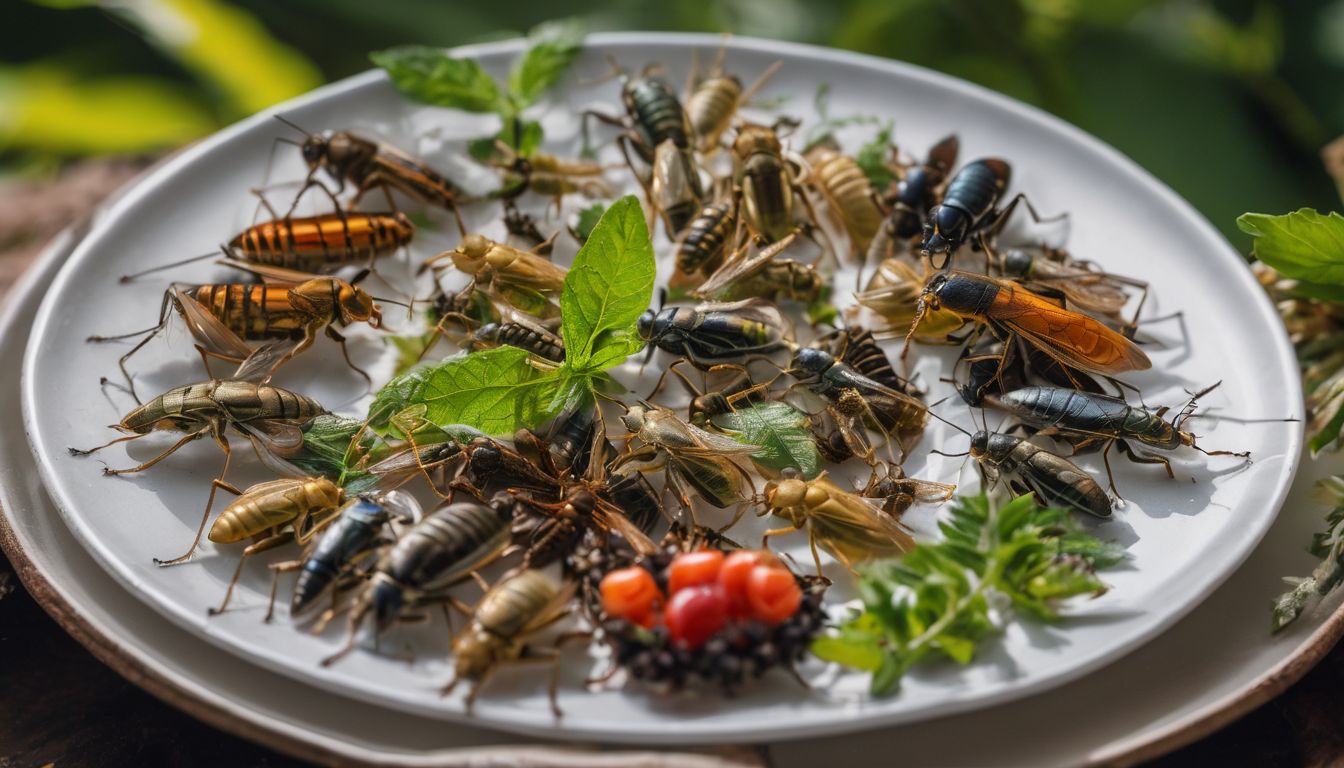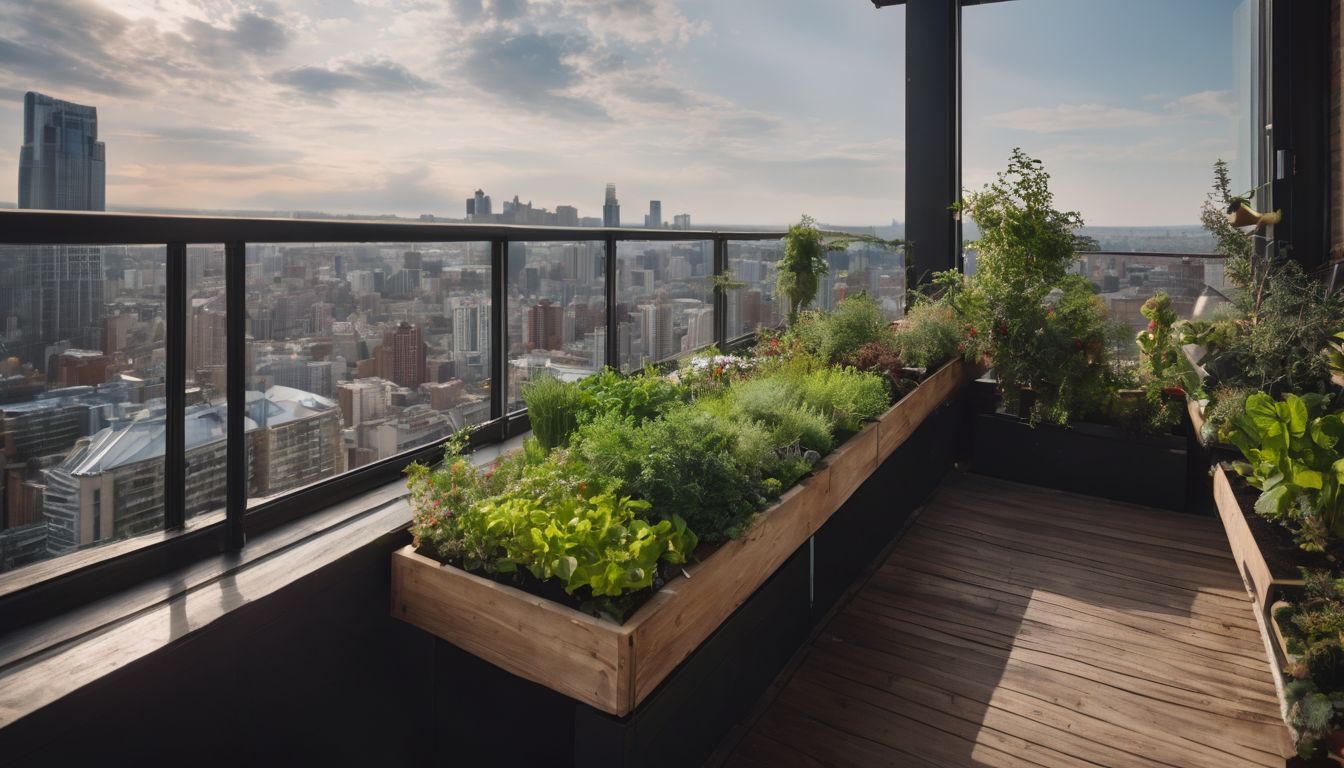Eating sustainable seafood is an easy way to help support the environment just by choosing wisely. Sustainable seafood is that which comes from places that do not harm the long-term survival of fish species and their ecosystems. It has benefits for the environment, your health, and the world’s poor.
BENEFITS for the environment:
Overfishing is causing 70% of fish species to be fished close to or at their capacity. Certain methods of fishing pollute and degrade entire ocean ecosystems. In fact, if current trends continue, the populations of almost all seafood will collapse by 2048. Eating sustainable seafood alleviates some of these stresses on the environment.
BENEFITS for your health:
Seafood is great for your health, and the American Heart Association recommends eating fish at least twice a week. However, unsustainable seafood can be risky for your health. Fish farmed unsustainably often has more antibiotics, PCBs, and other toxic chemicals. Fish caught unsustainably tends to be from a species higher up on the food chain, which absorb higher concentrations of toxic pollution.
BENEFITS for the world’s poor:
Over 120 million people worldwide rely on the fishing trade for all or part of their income. Plus, fish is the primary source of protein for one in five people worldwide. However, with overfishing and environmental degradation, the quantity and quality of fish able to be farmed is much lower across the planet than it once was. Sustainable seafood ensures the long-term survival of the millions of people tied to the industry.
Cost: Low
Like all food, some sustainable seafood is expensive, especially for more mainstream fish. But if you are willing to be a little adventurous, your wallet might be able to withstand it as well. Some good inexpensive choices are farmed mussels and clams, U.S. farmed crawfish, catfish, mahi mahi, squid, smelts, and rainbow trout.
Time and effort:
Low All you need to do is choose different kinds of seafood. You can either bring along a small pamphlet to guide you, or you can learn some basic rules for choosing on your own.
Instructions
1. One of the easiest ways to choose sustainable fish is just to have a list of sustainable fish handy when you go into the grocery store or restaurant. Here is the rating of each fish as suggested by the Monterey Bay Aquarium:
| Most sustainable | Somewhat sustainable | Least sustainable |
| Barramundi (U.S. Farmed) Bay Scallops (Farmed) Catfish (U.S. Farmed) Caviar, Sturgeon (Farmed) Char, Arctic (Farmed) Clams (Farmed) Cod, Pacific (U.S. Pacific Ocean Longline) Crab, Dungeness Crab, Imitation (Alaska) Crab, Stone Halibut, Pacific Herring, Atlantic Lobster, Spiny (U.S. and Australia Trap-Caught) Mussels (Farmed) Oysters (Farmed) Pollock (U.S. caught from Alaska) Salmon (Wild-Caught Alaska) Sardine, Pacific Shrimp, Pink (Oregon) Striped Bass (Farmed) Striped Bass (Wild-Caught) Sturgeon (Farmed) Tilapia (U.S. Farmed) Trout, Rainbow (Farmed) Tuna, Albacore (British Columbia, U.S. Troll/Pole) Tuna, Skipjack (Worldwide Troll/Pole) Tuna, Yellowfin (U.S. Atlantic Ocean Troll/Pole) | Basa (Farmed Imported) Bluenose Cod, Pacific (Trawl-Caught) Crab, Blue Crab, Imitation Crab, King (U.S.) Crab, Snow and Tanner Lobster, American/Maine Mahi Mahi / Dolphinfish (U.S.) Mahi Mahi / Dolphinfish (Imported Troll/Pole) Oysters (Wild-Caught) Pacific Flounder/Sole (U.S. and Canadian Pacific) Plaice, Alaska Sea Scallops (Northeast U.S. and Canada) Shrimp (U.S. Farmed or Wild) Shrimp, Northern (Canadian & U.S. Atlantic) Squid (Worldwide) Sturgeon, White (Wild-Caught Oregon, Washington) Swai Swordfish (U.S. including Hawaii Longline) Swordfish (California, Oregon Drift Gillnet) Tilapia (Central America, South America Farmed) Tuna, Bigeye (Troll/Pole) Tuna, Canned Tuna, Yellowfin (Worldwide Troll/Pole) | Atlantic Flounder/Sole (U.S. Atlantic Ocean) Caviar, Sturgeon (Imported) Chilean Seabass Cod, Atlantic Crab, King (Imported) Groupers (U.S. Atlantic Ocean, U.S. Gulf of Mexico) Halibut, Atlantic Lobster, Spiny (Caribbean imported) Mahi Mahi / Dolphinfish (Imported Longline) Monkfish Orange Roughy Plaice, American Rockfish (Trawl-Caught) Salmon (Farmed) Sea Scallops (U.S. Mid-Atlantic) Shark Shrimp (Imported Farmed or Wild) Snapper, Red (U.S. Gulf of Mexico) Sturgeon (Imported Wild-Caught) Swordfish (Imported) Tilapia (China, Taiwan Farmed) Tuna, Albacore (Worldwide except Hawaii Longline) Tuna, Bigeye (Longline) Tuna, Bluefin Tuna, Yellowfin (Longline) |
(http://greenhome.huddler.com/wiki/seafood-guide)
You can download pocket-sized versions of this online at http://www.mbayaq.org/.
2. If you don’t have this list, try to remember to be careful with the “big two”, salmon and shrimp. Shrimp and farmed salmon are very popular choices, but they tend to be the most unsustainable and most unhealthy. Instead, eat wild Alaskan salmon or sustainable shrimp.
3. Choose fish that are low on the food chain. Herbivorous fish only eat the amount of toxin that is in the plant. On the other hand, bigger fish that are higher on the food chain consume a lot of other fish, accumulating a much higher concentration of toxins like mercury and pollutants. Smaller species are also less at risk for extinction because they are more abundant and reproduce much faster.
4. Look for sustainable methods of catching or farming seafood. A common mistake is to avoid either wild-caught fish or farmed fish altogether. Both fish farming and catching fish in the wild can be done in both sustainable and unsustainable ways. Here are the things you should look out for:
| FISH FARMING | FISHING METHODS | ||
| Good fish farming techniques | Bad fish farming techniques | Good fishing methods | Bad fishing methods |
| These techniques use a sustainable amount of resources and may even help clean up our waters! • Herbivorous fish: does not require using up more fish to feed them. • Inland fish farms: prevents waste and pollution from getting out into the coast. | These techniques strain too many local resources to grow seafood : • Carnivorous fish: farmers must feed them wild fish which their wild counterparts depend upon. • Coastal net pens: generates enough waste, pollution, and disease to damage wild populations. | These techniques avoid catching unintended fish and unintentionally damaging the seafloor: • Harpooning • Hook and Lining • Traps and Pots • Trolling • Longlining (Demersal) | All of these either end up catching unintended fish or damage the seafloor, or both : • Dredging • Gilnetting • Longlining (Pelagic) • Purse Seining: • Trawling/Dragging |
5. Look for labels of certified sustainable seafood, such as Marine Stewardship Council, Fishwise, and Seafood Safe. They ensure that the products they certify are using eco-friendly methods, so all you need to do is look for the label.
6. If you love texting, you can use your phone to determine whether the fish you want to eat is sustainable. Text FISH and the name of the fish to 30644, and FishPhone will reply with an assessment of the fish and/or better alternatives.
7. Ask your grocer or restaurant which choices they offer that are sustainable. If they do not have any, asking still puts consumer pressure on businesses to start offering sustainable seafood. You can also look up how sustainable your grocery store is on this website.




